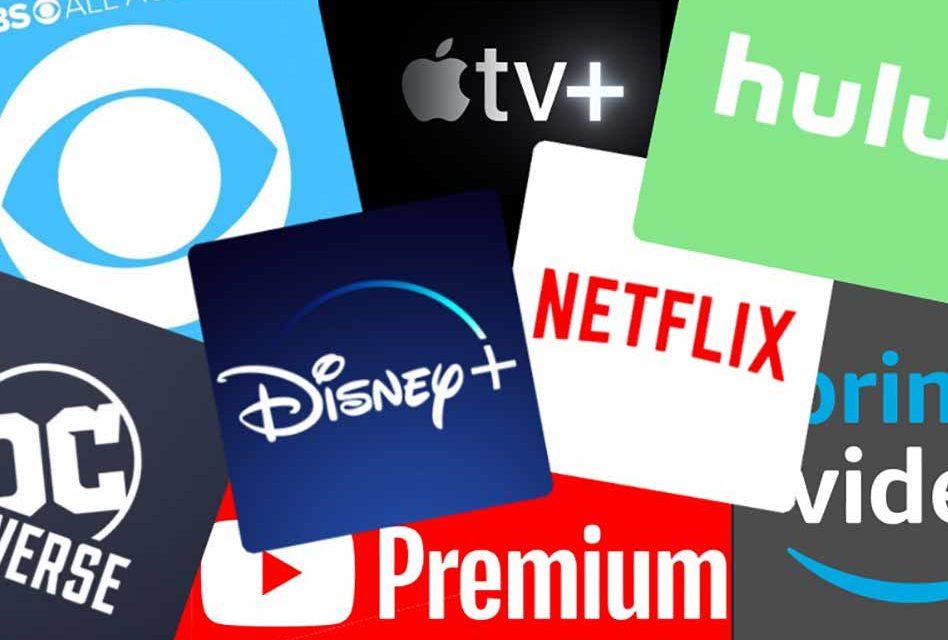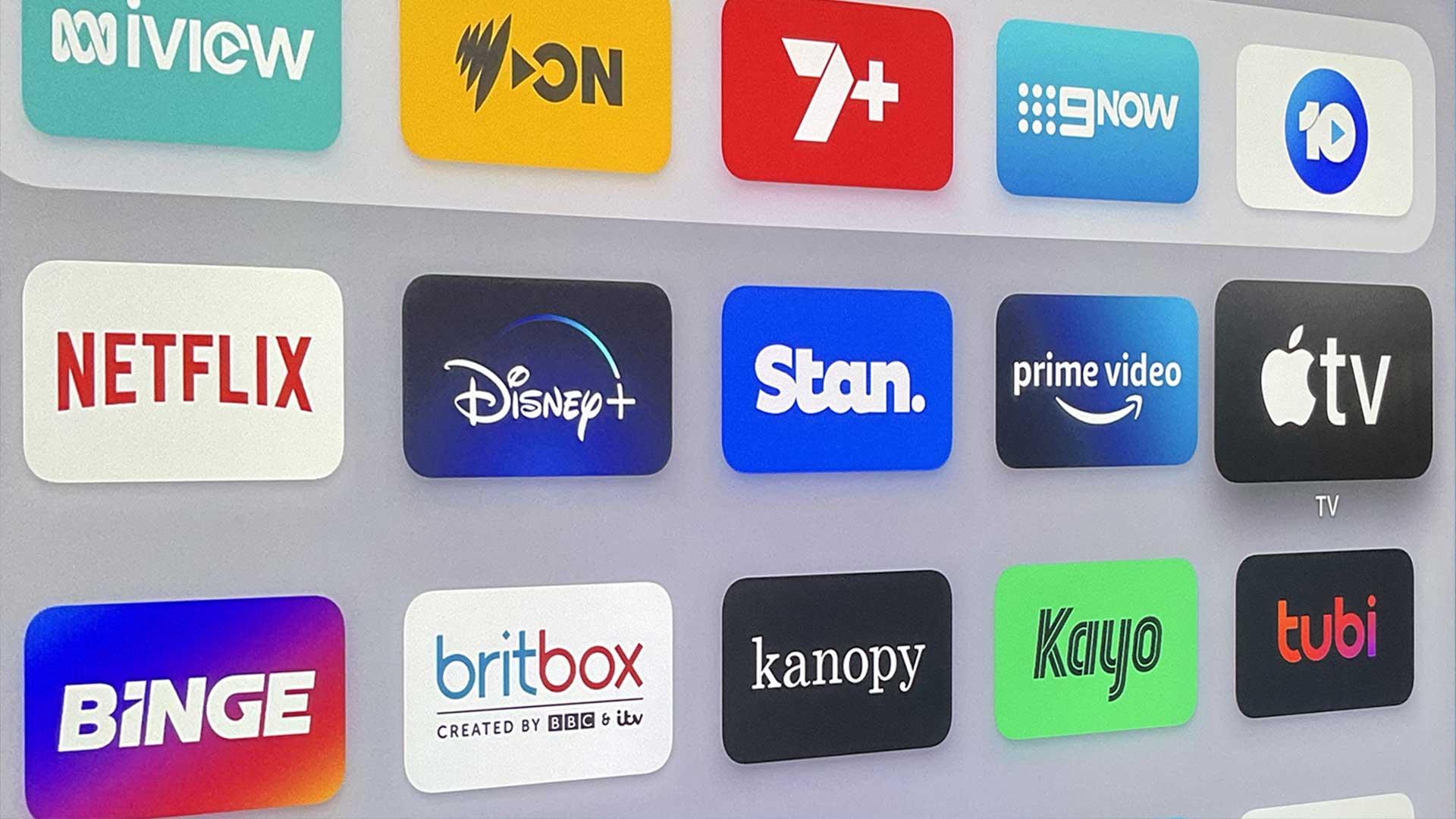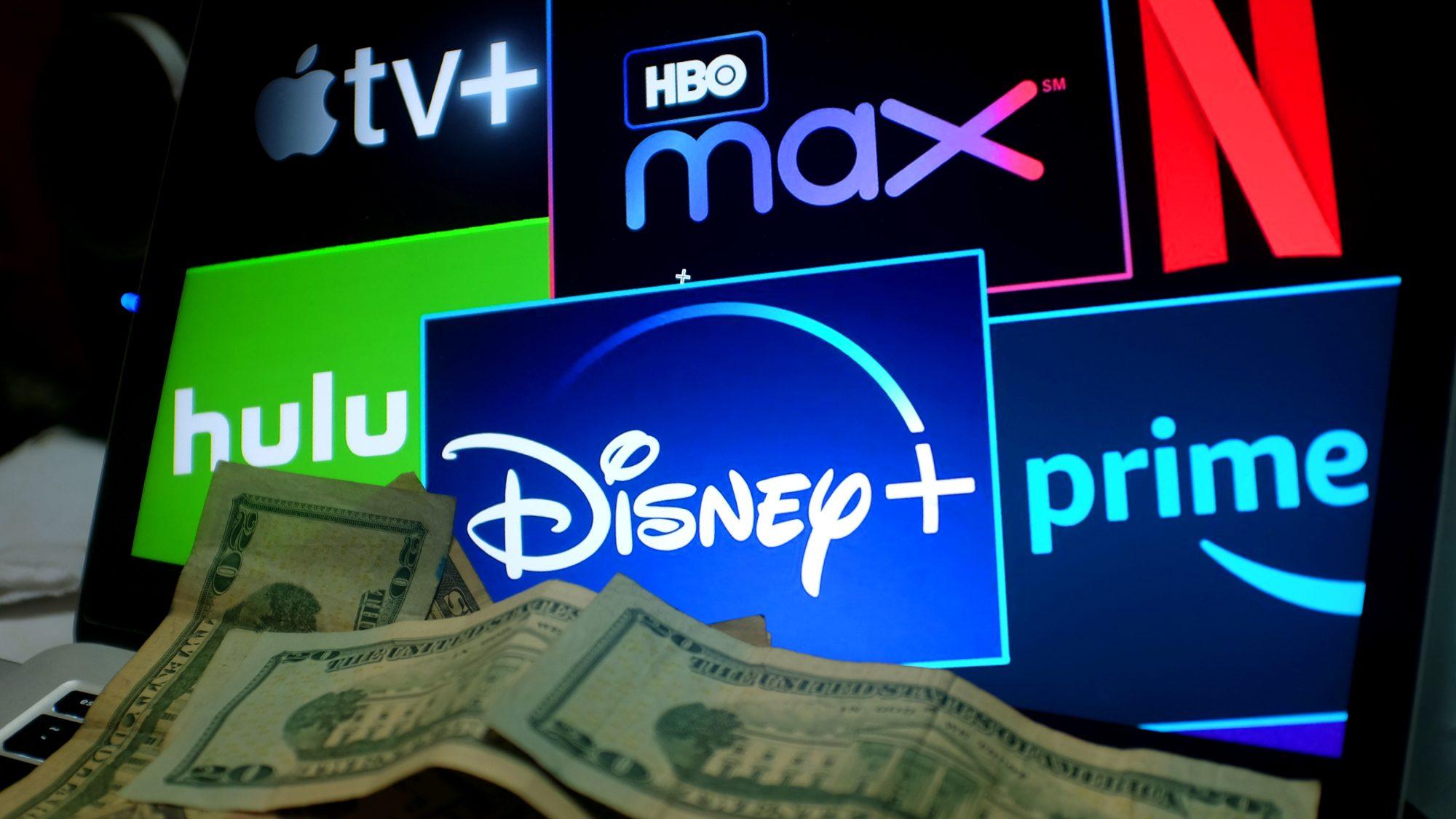In recent years, the entertainment landscape has undergone a dramatic transformation, largely driven by the rise of streaming services. Platforms like Netflix, Amazon Prime, and Disney+ have revolutionized how audiences consume content, offering unparalleled convenience and a vast array of choices. However, this shift has sparked a crucial debate within the film industry: are these services inadvertently harming traditional cinema by opting for direct-to-streaming releases? This article delves into the complexities of this issue, examining the potential impact on box office revenues, the evolving role of theatrical releases, and the broader implications for filmmakers and audiences alike. By exploring both sides of the argument, we aim to provide a balanced perspective on whether streaming services are reshaping the cinematic experience for better or worse.
Impact on Traditional Box Office Revenue
The rise of streaming platforms has undeniably shifted the landscape of traditional cinema revenue. With the convenience of home viewing, many consumers are opting for the comfort of their couches over the allure of the big screen. This shift is not just a minor trend but a significant change, with direct-to-streaming releases playing a pivotal role. These releases often bypass theaters altogether, leading to a potential decline in box office sales.
Several factors contribute to this impact:
- Immediate Accessibility: Viewers can access new releases instantly without leaving home.
- Cost-Effectiveness: A single subscription often costs less than multiple movie tickets.
- Flexible Viewing: Streaming allows for pausing, rewinding, and watching at one’s own pace.
While some argue that streaming services democratize access to films, others worry about the long-term effects on theater attendance and the traditional cinematic experience. The challenge for cinemas is to adapt and find new ways to attract audiences who now have endless entertainment options at their fingertips.

Changing Dynamics of Film Distribution
The film distribution landscape has undergone a seismic shift with the rise of streaming platforms. Traditional cinema once held a monopoly over film releases, but now, streaming services like Netflix, Amazon Prime, and Disney+ are offering movies directly to audiences. This transformation brings both challenges and opportunities:
- Accessibility: Viewers can enjoy new releases from the comfort of their homes, broadening access to films globally.
- Revenue Models: The subscription-based model provides a steady income stream, yet it raises questions about long-term profitability for filmmakers.
- Content Diversity: Streaming platforms are investing in a wider variety of genres and international films, potentially enriching the cinematic landscape.
However, cinema chains are grappling with reduced foot traffic, questioning the sustainability of traditional movie-going experiences. While some argue that this evolution democratizes film access, others worry it might dilute the communal aspect of watching films in theaters. Balancing these dynamics will be crucial for the future of both cinemas and streaming services.

Consumer Preferences and Viewing Habits
With the rise of streaming platforms, consumer preferences have evolved dramatically. Audiences now enjoy the convenience of watching new releases from the comfort of their homes. This shift has been driven by several factors:
- Accessibility: Viewers can access a vast library of films and shows at any time, eliminating the need for a trip to the cinema.
- Cost-Effectiveness: Subscription models often offer a more affordable alternative to traditional movie tickets, especially for families.
- Content Variety: Streaming services provide a diverse range of genres and international content that might not be available in local theaters.
However, this convenience comes at a cost to traditional cinema. Viewing habits have shifted towards binge-watching and on-demand content, reducing the allure of theatrical releases. While cinemas offer an immersive experience, many consumers prioritize flexibility and control over their viewing schedule. The challenge for the film industry lies in balancing these evolving preferences with the traditional cinematic experience.

Strategies for Balancing Streaming and Theatrical Releases
Finding the right equilibrium between streaming and theatrical releases involves innovative strategies that cater to diverse audience preferences. One effective approach is the hybrid release model, which offers films simultaneously in theaters and on streaming platforms. This method not only maximizes viewership but also provides flexibility for audiences who prefer watching from home. The model has shown potential in generating substantial revenue while keeping the cinematic experience alive for traditional moviegoers.
Another strategy is the exclusive theatrical window, albeit shorter than before, allowing films to build anticipation and exclusivity before hitting streaming services. This approach can create a buzz and drive initial box office sales. Additionally, fostering collaborative partnerships between streaming platforms and cinema chains can enhance promotional efforts and leverage the strengths of both mediums. Implementing these strategies could lead to a harmonious coexistence that benefits filmmakers, distributors, and audiences alike.



